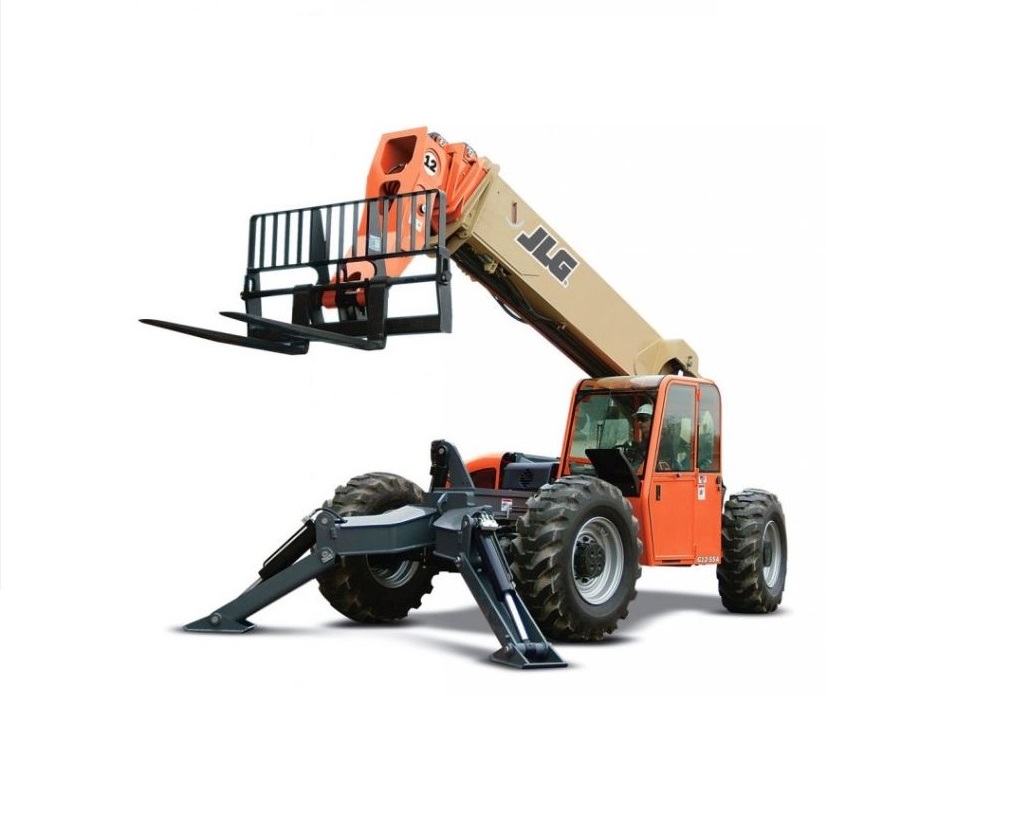
Here’s some good news. In a proposed amendment to the Cranes and Derricks standard, OSHA is planning to officially clarify that forklifts and telehandlers carrying loads suspended from their forks do not need to be operated by a certified crane operator.
The agency has circulated a draft of the clarification to reviewers but has not set a date for its enactment. The amendments would come in 29 CFR1926.1400(c)(8).
Confusion about the topic arose from wording in OSHA’s new Cranes and Derricks standard, enacted in August 2010. Verbiage in the standard says the rule generally applies to “power-operated equipment, when used in construction, that can hoist, lower, and horizontally move a suspended load.” That description could include forklifts and telehandlers carrying loads suspended beneath the forks or from a hook hanging beneath a telehandler boom.
OSHA says the rule was not intended to include forklifts that have loads suspended from the forks or a hook (as long as the hook isn’t on the end of a winch line), and that the August 2010 rule specifically excludes “powered industrial trucks (forklifts), except when configured to hoist and lower (by means of a winch or hook) and horizontally move a suspended load.”
To resolve confusion between the regulation’s preamble, its general description, and the exclusion, OSHA proposes to change 1926.1400(c)(8) so it exempts forklifts, except when equipped with “a boom and hoist” instead of with a “winch or hook.”
OSHA’s proposed plan to erase any doubt that forklifts carrying loads suspended from their forks or a hook that isn’t on a winch line should ease contractors’ concerns about having to certify tens of thousands of construction workers as crane operators, when those workers will never sit at the controls of a crane.
Author: Mike Larson, Editor
Source: Lift and Access Magazine, July 2013 Issue